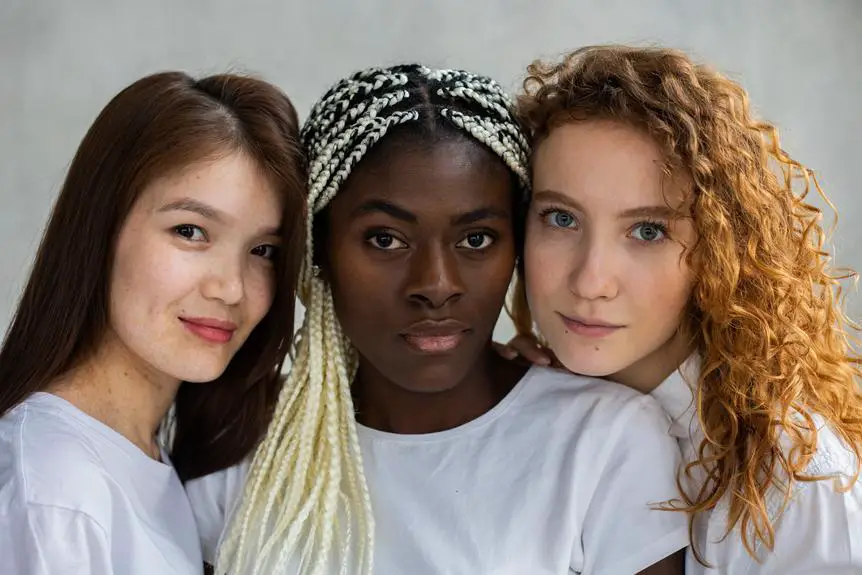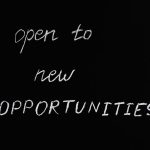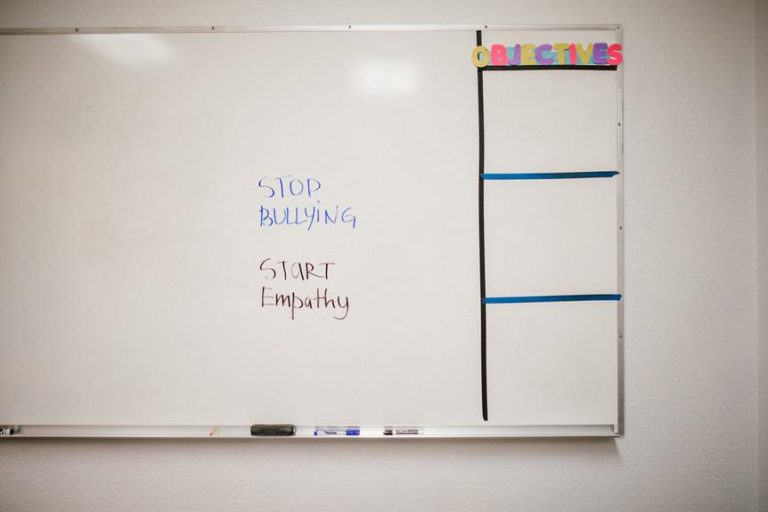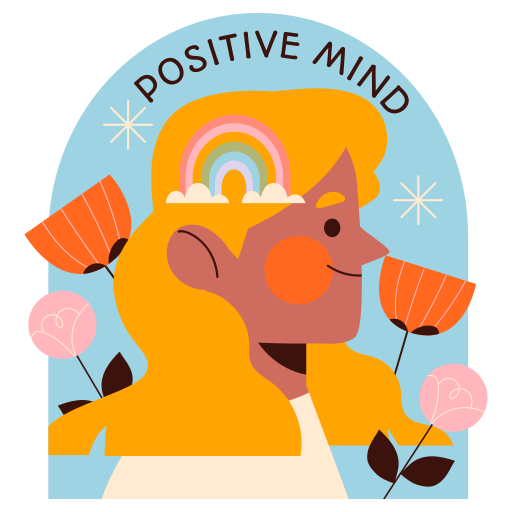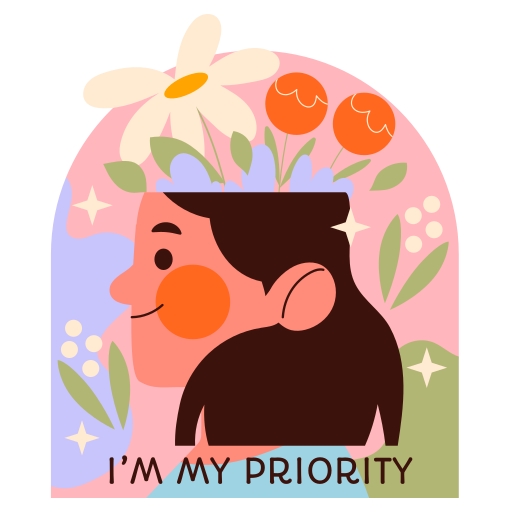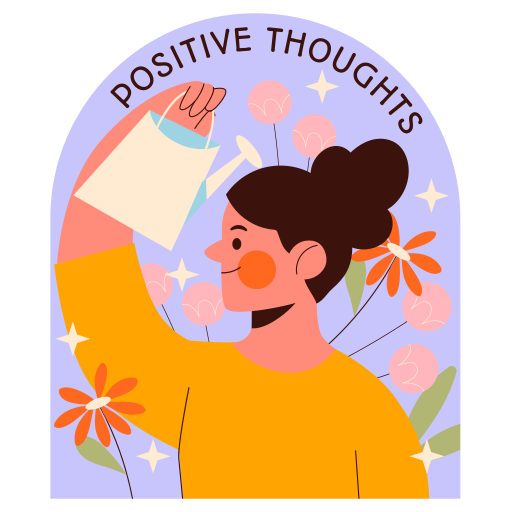Have you ever felt torn between who you want to be and who you really are? It's like having two versions of yourself, the ideal self and the real self, constantly at odds. This inner struggle shapes how we see ourselves and how we act. Why do we dream of being someone else, and how do society's expectations affect how we view ourselves? By digging into these two sides of who we are, we uncover a journey of self-discovery, revealing the complex forces that shape our identity. Join me as we unravel the mystery of our inner selves, peeling back the layers to understand what makes us who we are.
Understanding the Difference
To navigate the complexities of one's self-perception, it is essential to distinguish between the ideal self, representing one's aspirations, and the real self, reflecting one's true qualities and behaviors. The real self can be defined as the authentic portrayal of an individual, encompassing their beliefs, values, and actions, free from societal pressures or external influences. On the other hand, the ideal self embodies the individual's vision of perfection, often influenced by societal norms, personal desires, and social expectations. Understanding the distinction between these two facets of the self is crucial for fostering self-awareness and personal growth.
An individual's self-perception is intricately linked to how they navigate the world around them. When there is a misalignment between the ideal self and the real self, internal conflict and a sense of inadequacy may arise. By recognizing the gaps between these two identities, individuals can promote self-acceptance, reduce stress, and work towards aligning their aspirations with their authentic selves. This exploration of the clash of identities between the ideal self and the real self can lead to a more harmonious and fulfilling life journey.
Influential Factors
The construction of one's ideal and real self-images is heavily influenced by a myriad of factors, including social influences, life experiences, cultural norms, and personal values. Social influences, such as family, peers, and media, can shape individuals' perceptions of their ideal self-image by presenting certain standards or ideals to aspire to. Indirect self-concepts formed through comparisons with others and societal norms also play a role in defining the difference between the self and ideal selves.
Moreover, life experiences, encompassing both successes and failures, can significantly impact one's sense of self and contribute to discrepancies between the ideal and real selves. Traumatic events, in particular, may lead to low self-esteem and a larger gap between the two self-images. Cultural norms and expectations further influence the ideal self by dictating what traits or behaviors are deemed desirable within a specific society.
Personal values, beliefs, and goals act as guiding principles in aligning the ideal self with the real self. Recognizing these influential factors is crucial in taking the necessary steps required to bridge the gap between one's ideal and real selves.
Striving for the Ideal Self
In the pursuit of self-actualization, individuals navigate a complex interplay of internal desires, external influences, and societal expectations to strive for their ideal self. This journey is often influenced by various factors, including the portrayal of unrealistic ideals in the media, societal pressures, personal aspirations, and comparisons with others. Such influences can lead individuals to develop a discrepancy between their current self and their ideal self, potentially resulting in feelings of inadequacy or a struggle with self-image.
Carl Rogers, a prominent psychologist, emphasized the importance of congruence between the self and ideal self for fostering a sense of self-worth and personal growth. When individuals strive for their ideal self, it is crucial to critically evaluate the motivations driving this pursuit. Understanding these underlying reasons can promote self-awareness and guide individuals towards a more balanced and healthy approach to self-improvement.
Working Towards Self-Acceptance
Navigating the journey towards self-acceptance involves a profound exploration of one's inner vulnerabilities and strengths. It is a crucial step towards improving mental well-being and achieving a balance between one's real self and ideal selves. To work toward self-acceptance effectively, individuals can consider the following:
- Acknowledge Accomplishments and Flaws: Recognizing both achievements and imperfections is essential for embracing the real self and fostering self-acceptance.
- Focus on Strengths and Celebrate Wins: Directing attention towards personal strengths and celebrating successes can help individuals build a positive self-image and combat feelings of inadequacy.
- Let Go of Negative Self-Talk: Challenging and replacing self-critical thoughts with self-compassion and understanding is vital for nurturing self-acceptance and mental well-being.
- Embrace Uniqueness and Practice Self-Kindness: Embracing individuality, showing kindness towards oneself, and cultivating a realistic self-view can lead to a more harmonious relationship between the real self and ideal selves.
How Can Exploring the Clash of Identities Help Me Uncover My True Identity?
Exploring the clash of identities can be a powerful way to uncover your true identity. By examining different aspects of yourself and how they conflict, you can gain insight into your authentic self. Here are 7 tips for uncovering true identity that can help guide you on this journey.
Achieving the Ideal Self
Embarking on the journey towards achieving the ideal self involves a process of introspection and intentional growth. To bridge the gap between the ideal and real self, individuals must cultivate self-awareness, identifying their strengths, weaknesses, and areas for development. Personal growth becomes the cornerstone of this journey, fueled by motivation and a commitment to continuous improvement. Setting clear personal goals and aspirations paves the way for progress, guiding individuals towards becoming the best version of themselves.
Self-improvement strategies play a crucial role in realizing the ideal self, encompassing practices that enhance skills, behaviors, and mindset. Embracing a positive mindset is equally vital, serving as a driving force to overcome challenges and setbacks along the way. The ideal self acts as a beacon, illuminating the path towards self-actualization and fulfillment. Progress is not merely about reaching a destination but embracing the process of learning, evolving, and aligning actions with the desired self-image. Through dedication and perseverance, individuals can inch closer to embodying their ideal selves.
Frequently Asked Questions
What Is the Conflict Between the Real Self and the Ideal Self?
The conflict between the real self and the ideal self is an internal struggle fueled by societal pressure. It manifests as a discrepancy between self-perception and desired identity, leading to an identity crisis hindering personal growth.
What Is the Difference Between Ideal Self and Real Self?
Self-perception involves comparing one's ideal self, shaped by societal norms and personal experiences, to the real self, reflecting intrinsic qualities. This comparison can lead to identity crises, impacting self-acceptance, personal growth, psychological conflicts, and self-esteem.
What Is the Discrepancy Between Real Self and Ideal Self?
The discrepancy between the real self and ideal self lies in the divergence between one's true identity and desired persona. This gap can trigger internal conflicts, impacting self-esteem. Addressing it requires self-awareness, self-compassion, and aligning personal values with desired traits for growth and authenticity.
What Is the Discrepancy Between Ideal and Real Situation?
The discrepancy between ideal and real situations stems from internal struggles with self-perception and unrealistic expectations, impacting self-image. Addressing this dissonance is vital for personal growth, fostering self-awareness, acceptance, and navigating identity crises towards self-improvement and a more authentic self.

